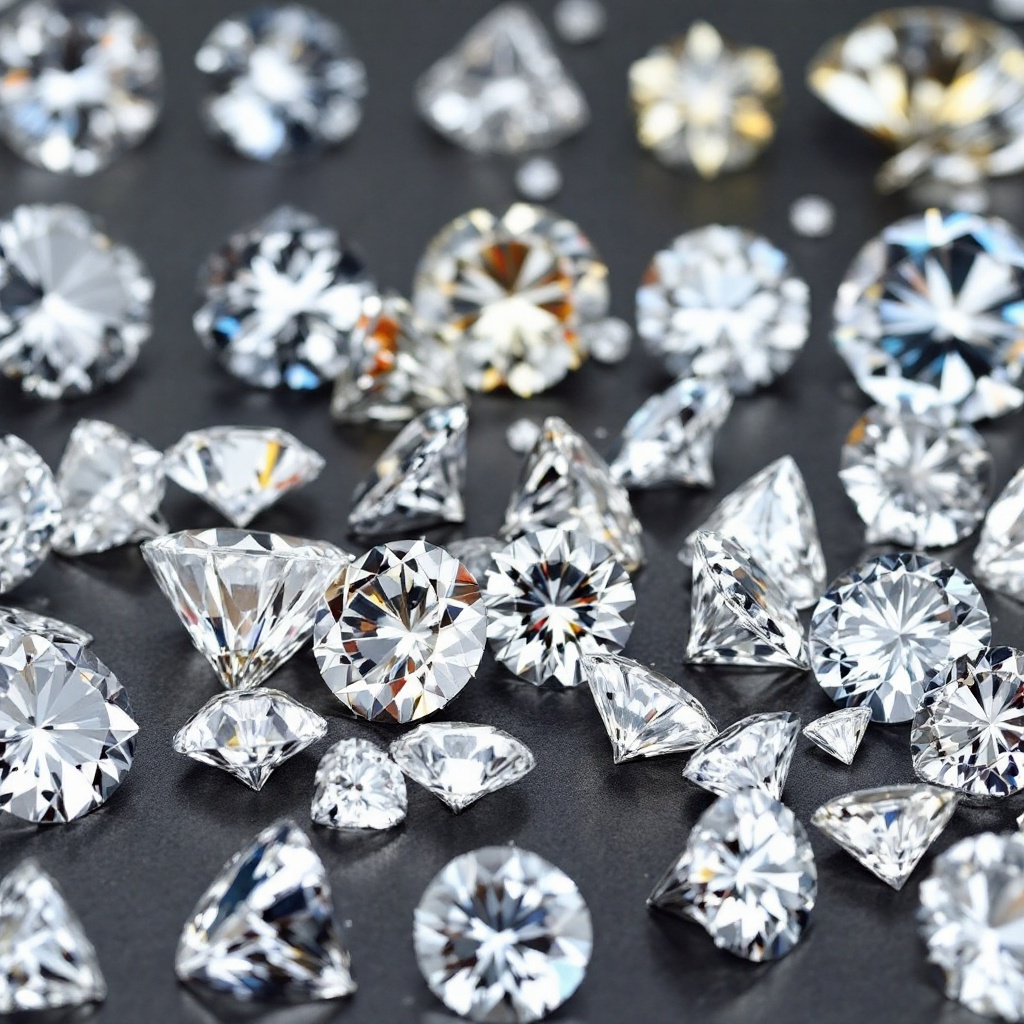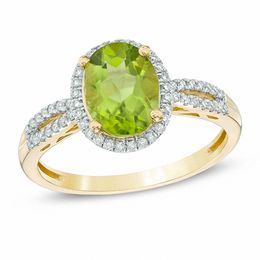Introduction
The debate between Lab‐Grown Diamonds and Natural Diamonds has intensified in recent years. While Natural Diamonds are cherished for their storied past and rarity, Lab‐Grown Diamonds are celebrated for their sustainability and technological innovation. This blog post will delve into the nuances of both, providing you with an SEO-friendly, detailed look into these dazzling treasures.
What Are Lab‐Grown Diamonds?
Lab‐Grown Diamonds are created in controlled environments using advanced technological processes that mimic the conditions deep within the Earth. They possess the same chemical composition and physical properties as Natural Diamonds, offering a modern alternative that is both ethical and sustainable.
How Are They Made?
The production of Lab‐Grown Diamonds typically follows one of two processes:
- High-Pressure High-Temperature (HPHT): This method replicates the extreme conditions under which Natural Diamonds form, using high pressure and high temperature to convert carbon into diamond.
- Chemical Vapor Deposition (CVD): In this process, a carbon-rich gas is used to deposit diamond material onto a substrate, building the diamond layer by layer.
Both methods ensure that the diamonds produced are indistinguishable from Natural Diamonds in terms of hardness, brilliance, and durability.
Advantages of Lab‐Grown Diamonds
- Sustainability: Lab‐Grown Diamonds have a lower environmental impact since they require less mining and reduce the carbon footprint.
- Ethical Sourcing: They eliminate concerns related to conflict diamonds, ensuring a transparent supply chain.
- Cost-Effective: Generally, Lab‐Grown Diamonds are more affordable than their natural counterparts, making luxury more accessible.
- Consistency in Quality: With controlled production, these diamonds can be manufactured with consistent quality and fewer imperfections.
What Are Natural Diamonds?
Natural Diamonds are formed deep within the Earth over billions of years through natural geological processes. They are celebrated not only for their beauty and brilliance but also for their rarity and the fascinating history that each stone carries.
The Formation Process
Natural Diamonds are created under extreme pressure and temperature conditions in the Earth’s mantle. Over millions of years, these conditions transform carbon into diamond. Once formed, Natural Diamonds are brought to the surface through volcanic eruptions, where they are mined and eventually crafted into exquisite jewelry.
The Timeless Appeal of Natural Diamonds
- Heritage and Rarity: Each Natural Diamond tells a story, with its origin dating back billions of years. Their natural formation makes them unique and highly prized.
- Investment Value: Historically, Natural Diamonds have been considered a valuable investment, often holding or increasing their value over time.
- Emotional Significance: Many consumers view Natural Diamonds as symbols of eternal love and commitment, adding sentimental value to their purchase.
- Distinctive Characteristics: While both types of diamonds are chemically identical, Natural Diamonds often display unique inclusions and characteristics that add to their individuality.
Comparing Lab‐Grown Diamonds and Natural Diamonds
When choosing between Lab‐Grown Diamonds and Natural Diamonds, several factors come into play:
1. Quality and Appearance
Both Lab‐Grown Diamonds and Natural Diamonds exhibit the same physical and chemical properties. Expert gemologists agree that, to the naked eye, they are virtually identical. However, Natural Diamonds may sometimes display unique internal characteristics (inclusions) that make each stone one-of-a-kind.
2. Sustainability and Ethical Considerations
One of the most compelling advantages of Lab‐Grown Diamonds is their sustainability. With growing concerns over environmental damage and unethical mining practices, many consumers are turning to Lab‐Grown Diamonds as a responsible alternative. On the other hand, many reputable companies ensure that their Natural Diamonds are conflict-free and responsibly sourced, adhering to strict international standards.
3. Cost and Value
Cost is another significant factor. Lab‐Grown Diamonds typically come at a lower price point, offering a cost-effective way to achieve a dazzling look. Conversely, Natural Diamonds often carry a premium due to their rarity and historical significance. While some see Natural Diamonds as a long-term investment, others appreciate the modern appeal and affordability of Lab‐Grown Diamonds.
4. Market Trends and Consumer Preferences
Consumer trends show a growing interest in both types of diamonds. Millennials and Gen Z buyers are increasingly drawn to Lab‐Grown Diamonds for their ethical and sustainable attributes. Meanwhile, traditional buyers continue to favor Natural Diamonds for their legacy and investment potential. This evolving dynamic ensures that both segments have a bright future in the jewelry market.
The Impact of Lab‐Grown Diamonds on the Jewelry Industry
The rise of Lab‐Grown Diamonds has significantly influenced the jewelry industry. Retailers and designers are increasingly incorporating these diamonds into their collections to meet the demand for sustainable and ethical products.
Innovation and Design
Innovative jewelry designers are pushing creative boundaries by experimenting with Lab‐Grown Diamonds. Their ability to produce diamonds with consistent quality allows for unique designs that might be difficult to achieve with Natural Diamonds. From engagement rings to intricate necklaces, the versatility of Lab‐Grown Diamonds opens up a world of possibilities.
Marketing and Consumer Education
Educating consumers about the differences between Lab‐Grown Diamonds and Natural Diamonds is essential for driving market acceptance. Brands are leveraging social media, influencer partnerships, and comprehensive digital marketing strategies to highlight the benefits of both types. By sharing detailed information on production processes, sustainability benefits, and ethical considerations, companies are empowering consumers to make informed choices.
The Future Outlook
The future of diamonds is set to be as diverse as the consumer base itself. Both Lab‐Grown Diamonds and Natural Diamonds have unique advantages that cater to different market segments. As technology advances and consumer preferences evolve, the jewelry industry will continue to innovate, offering even more sophisticated options.
Technological Advancements
Future developments in diamond synthesis may further improve the quality and cost-effectiveness of Lab‐Grown Diamonds. Meanwhile, advances in mining technology and ethical sourcing practices will enhance the transparency and sustainability of Natural Diamonds. Both paths will benefit from continuous innovation, ensuring that every diamond, regardless of its origin, meets the highest standards of beauty and quality.
Consumer Choice and Personalization
As personalized jewelry becomes increasingly popular, both types of diamonds will play crucial roles. Whether it’s a custom-designed engagement ring featuring a stunning Lab‐Grown Diamond or a family heirloom passed down through generations as a Natural Diamond, the emphasis on personalization and uniqueness will drive consumer choices. Jewelry brands are likely to offer more options for customization, catering to individual tastes and values.
Sustainability and Ethical Standards
Sustainability will remain a cornerstone of the jewelry industry. Consumers are more environmentally conscious than ever, demanding products that are not only beautiful but also ethically produced. Lab‐Grown Diamonds are at the forefront of this movement, offering a greener alternative without compromising on quality. At the same time, the industry is working hard to ensure that Natural Diamonds are sourced responsibly, creating a balanced market where ethical practices are the norm.
Conclusion
The debate between Lab‐Grown Diamonds and Natural Diamonds is not about which is superior—it’s about understanding the unique qualities of each and appreciating the diversity they bring to the jewelry industry. Lab‐Grown Diamonds offer a modern, sustainable, and cost-effective solution, while Natural Diamonds continue to captivate with their timeless beauty, rarity, and legacy.
In today’s evolving market, both types of diamonds coexist, catering to a wide range of consumer values and preferences. Whether you choose the innovation and ethical appeal of Lab‐Grown Diamonds or the enduring legacy and natural charm of Natural Diamonds, you are investing in a piece of art that transcends time.
By staying informed and making ethical choices, consumers can enjoy the best of both worlds. The future of diamonds is not a zero-sum game but a celebration of variety, innovation, and sustainable luxury. As the industry continues to evolve, expect to see more creative designs, enhanced quality, and a commitment to environmental responsibility—ensuring that every diamond, no matter its origin, shines brilliantly for generations to come.
Embrace the beauty of both Lab‐Grown Diamonds and Natural Diamonds as you choose the perfect piece to tell your unique story. Your choice today not only reflects your personal style but also contributes to a more sustainable and ethical future in the world of jewelry.





